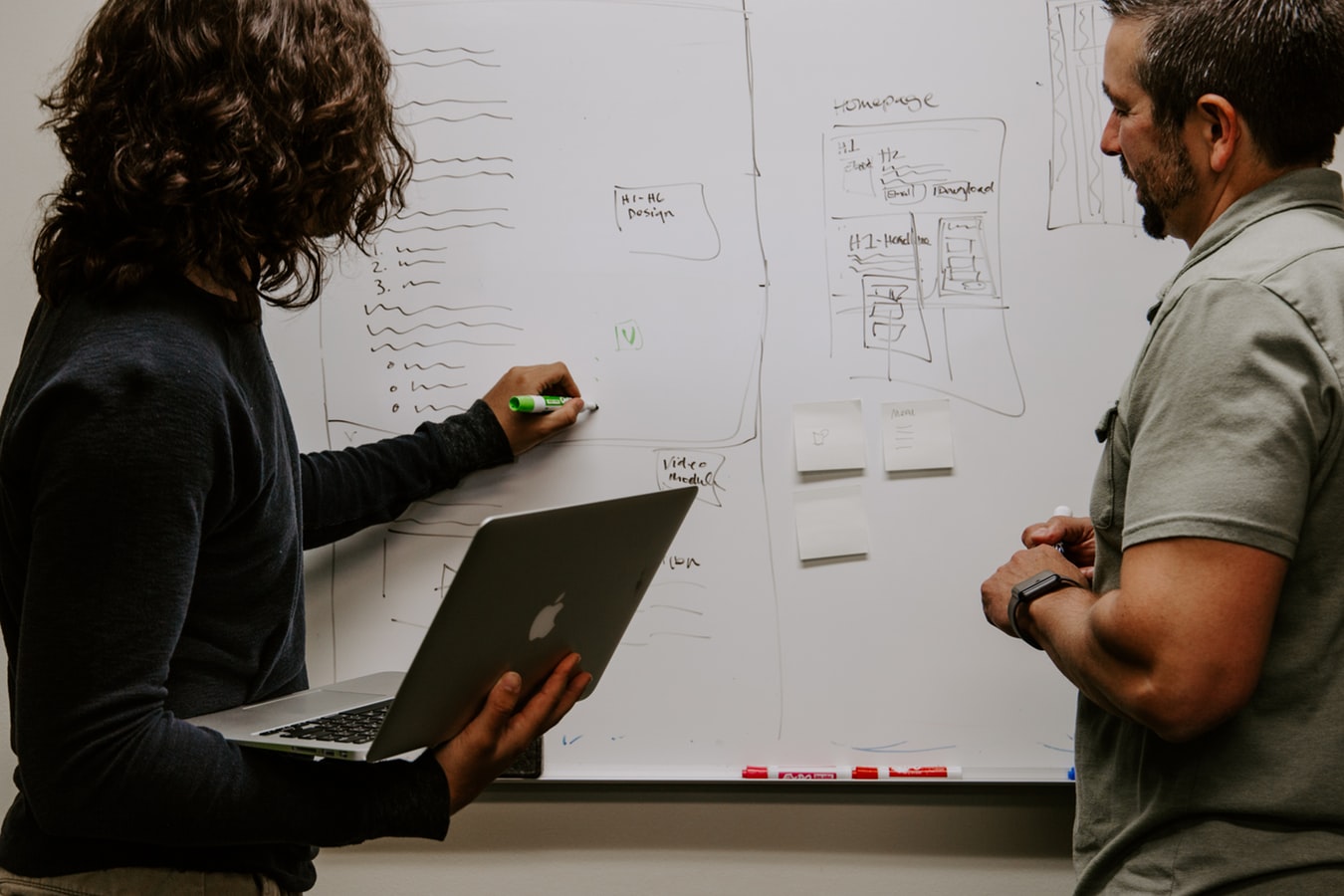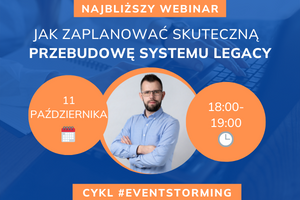All tools are summarized in Tools for a Consultant’s Work - Summary.
Value-Stream Mapping
To analyze the work of teams or organizations, a useful workshop is Value-Stream Mapping. This is a very popular technique in the Lean movement, focusing on analyzing the current state and defining the future state of delivery processes. We aim to understand the workflow of teams to know how long the work takes and where the bottlenecks are.
Unfortunately, many organizations are unaware of how much time it actually takes to deliver value (products/functions) to their end customers. Working in typical corporate silos, we handle individual tasks and then “pass” them on. This often leads to local optimization of work—trying to complete as many tasks as possible within our area. However, this has nothing to do with how quickly our customer receives the final product. Even if work in our department takes a short time, the total delivery time can be drastically different.

Value-stream Mapping - https://en.wikipedia.org/wiki/Value-stream_mapping
Value-Stream Mapping is a technique that allows us to visualize the value stream—how we deliver value to our customer. We focus on showing not only the direct work performed in a given work center but also the downtime between them and the average number of errors.
The workshop starts with a joint analysis of our work process from beginning to end. We collect various pieces of information (here in the context of IT work) such as:
- How many tasks are in the queue
- How long it takes before we start a given task
- What is the % of errors in the results of the previous team’s work
- How long it takes to complete one task, both directly and overall
- How long it takes before it reaches the next department
This is often done in the form of a Gemba Walk, going through all departments in the company. Based on this, we share knowledge and establish specific values.
Next, this information is combined into a map as shown above. Each work center is mapped along with the previously collected information. Finally, we gather summary information:
- Processing time: how long we actually work on a specific task
- Delivery time: how long it takes to deliver the given task
- Total work: how many tasks are processed in the entire process
- Total error rate: how many of the created tasks are actually completed
- and others.
The result is a map that illustrates our entire process—how quickly we deliver value to the customer. In the vast majority of cases, it will turn out that the delivery time is several times longer than the processing time and we have a frightening amount of work in progress (WIP). Based on this, we can consider which areas to optimize to deliver value to the customer faster.
Example of Use
An electronics manufacturing company was disappointed with the time it took to deliver its products to client companies. In theory, each department worked optimally, but in practice, the overall process was prolonged and very error-prone. Even minor corrections required a huge amount of time and reached the end customers too late.
The workshop revealed a significant amount of work in progress being carried out by individual departments. Tasks were shifted, priorities changed, and employees jumped between topics. The focus was on optimizing departmental work rather than delivery speed.
The result allowed for a reconsideration of the plan to change the current situation. It was decided to reorganize the team structure to be business area-oriented rather than based on the type of work being performed. Within these teams, employees in various roles were to collaborate more closely to minimize the amount of work in progress.
Why is it Beneficial?
By looking at the process broadly, we focus on global optimization, considering both work and downtime. We can quickly identify bottlenecks and improve the efficiency of the entire process, not just parts of it.



